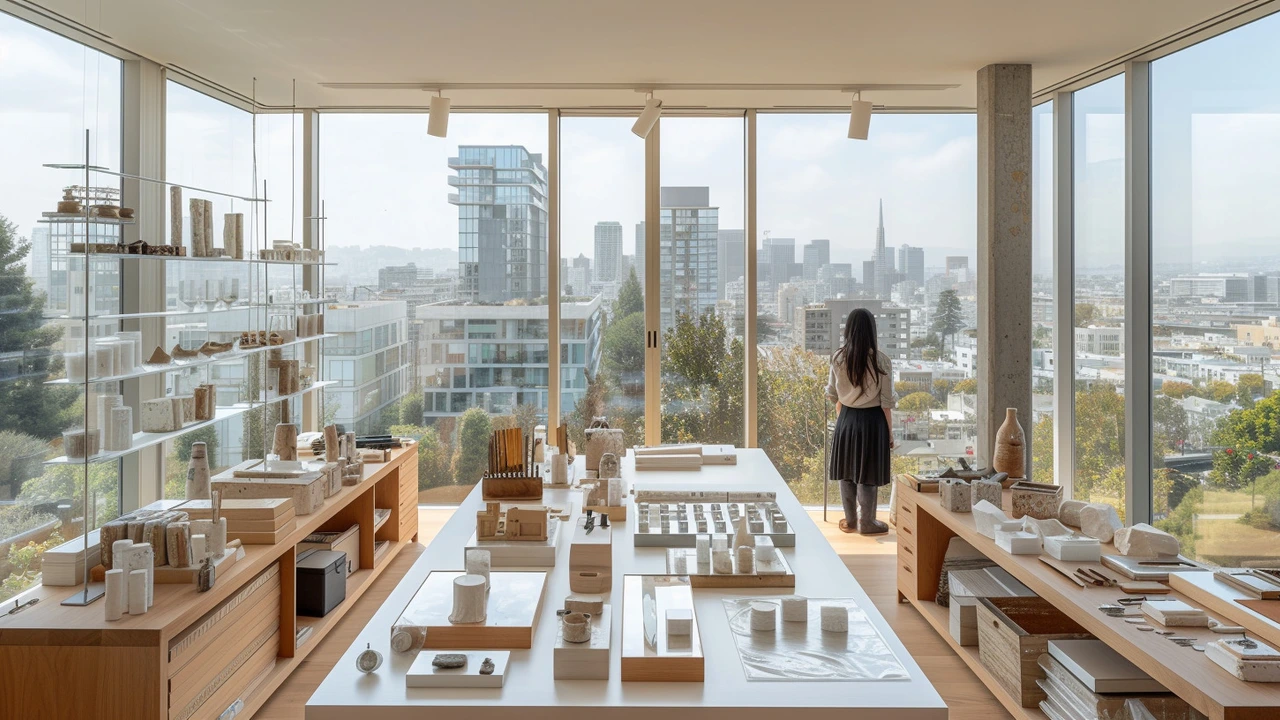Creative Behind the Scenes
Want to know how great artworks are made? This tag collects clear, practical pieces about art movements, studio techniques, and ideas you can try. You’ll find short reads that explain how artists worked, why movements mattered, and simple steps to test in your own practice.
What you’ll find here
Look for step-by-step techniques like the grid method and layering used in photorealism, or the limited palette and function-first logic behind Bauhaus design. You’ll also find pieces on big-picture shifts — how Abstract Expressionism rewired painting, how Fluxus mixed art and life, and how land art reshaped public space. Each article aims to show the process, not just the final image.
For hands-on tips, read 'Photorealism Art: Techniques, Secrets & History for Stunning Realism' to learn practical tricks—photographing a subject at different lights, building a tight value study, and using fine brushes with slow glazing. If you want bold, structural ideas, the Bauhaus articles explain how to simplify forms and prioritize function so design choices become cleaner and faster.
Quick, useful studio moves
If you’re painting: start with a 10-minute underdrawing, then block values before adding details. Try one-hour studies focused only on light or only on color for a week. For sculpture or installation: mock up a small-scale model with cardboard to test scale and sight lines before building the full piece.
Want to experiment with concept? Use Fluxus-style prompts: pick one everyday action and turn it into a short performance. Or practice Primitivism’s approach by copying a simple folk motif and then breaking its rules—change scale, add color, or combine with modern textures.
Curious about historical context? Read the Harlem Renaissance pieces to see how artists mixed social life, music, and visual art to form new cultural identities. These articles give concrete examples you can reference when making work that responds to place or community.
How to learn faster: mix study with tiny projects. Spend an afternoon copying a Caravaggio study to learn dramatic light; next week, build a small installation to test space and viewer movement. Keep a single notebook for techniques you try—date entries and note what changed. After three months, patterns appear and skill grows faster than random practice.
Use this tag as a toolbox. Pick one movement or technique, read the related post, and apply one clear step in your next studio session. The goal is not to master everything at once but to borrow useful ideas and make them your own.
If you want suggestions, start with photorealism for observation, Bauhaus for design clarity, and Fluxus for playful experiments. Try one from each and you’ll get sharper eyes, cleaner design, and freer thinking—all good ingredients for better work.

